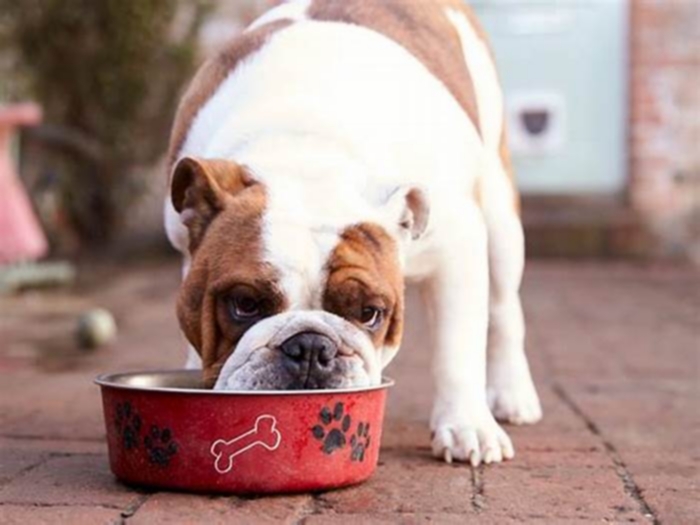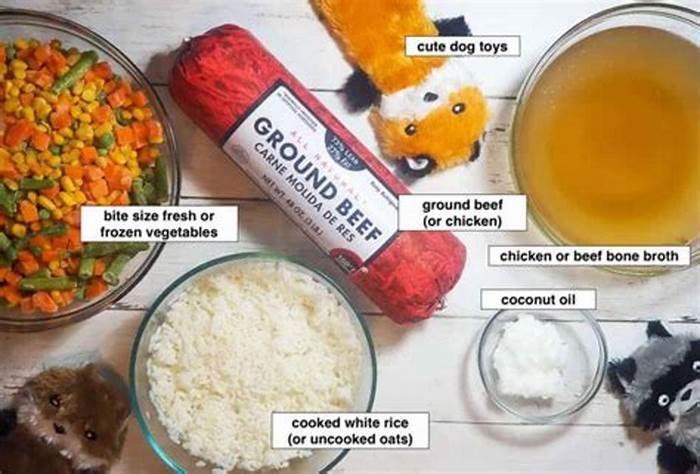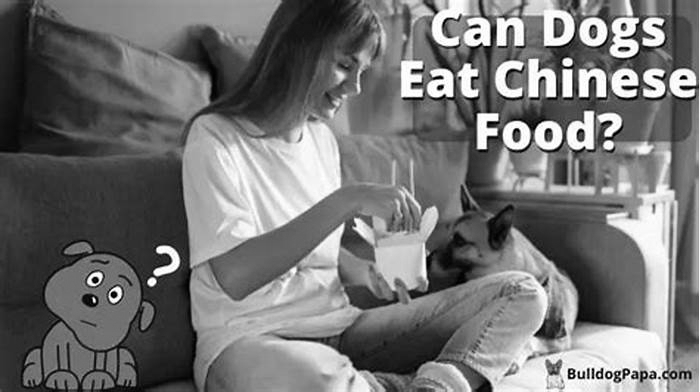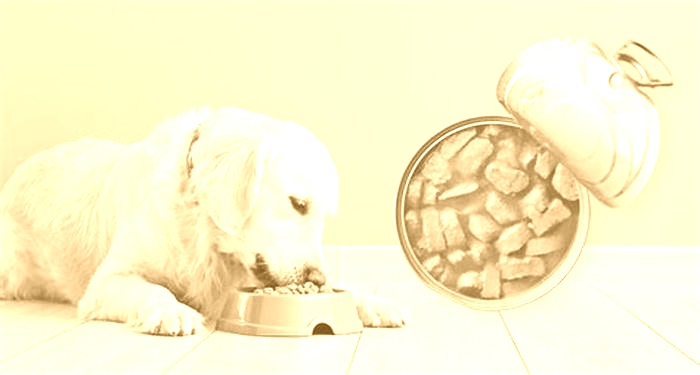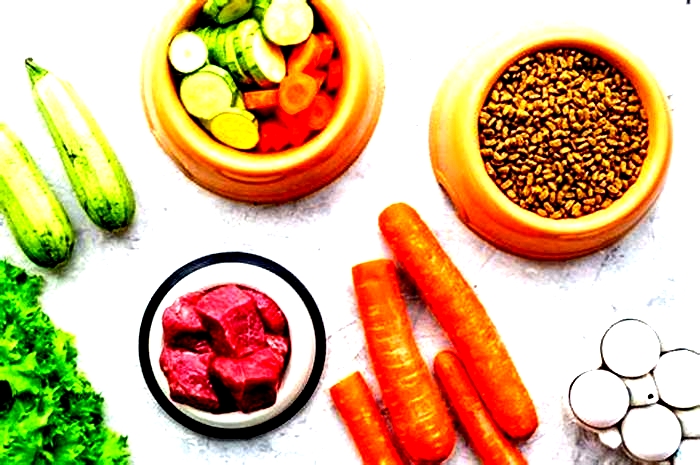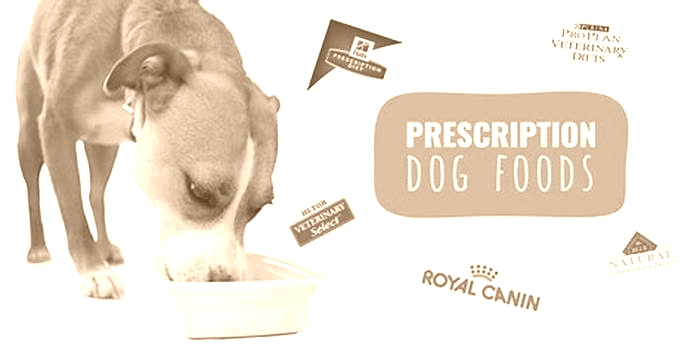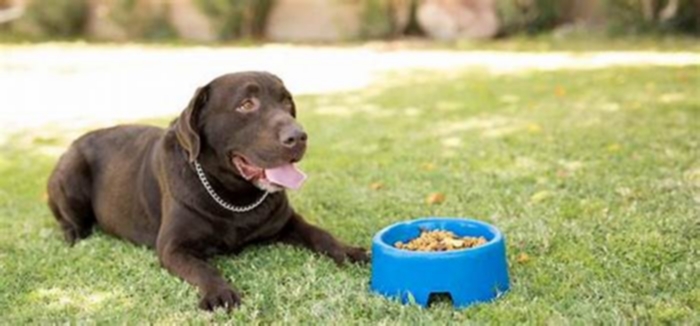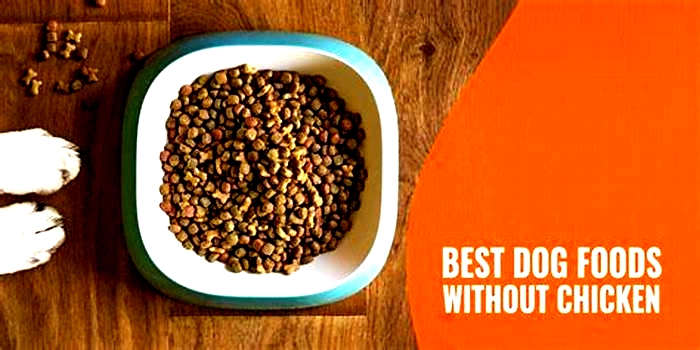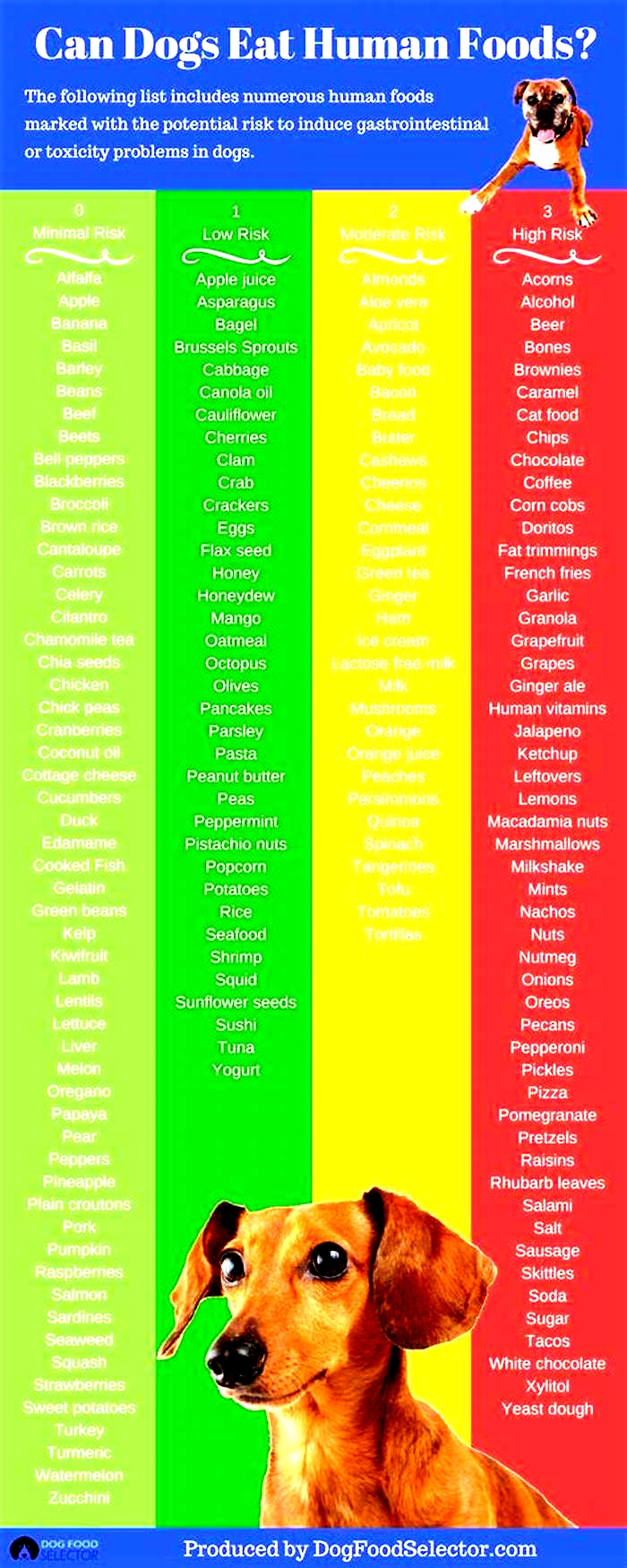Is dry or wet food better for dogs
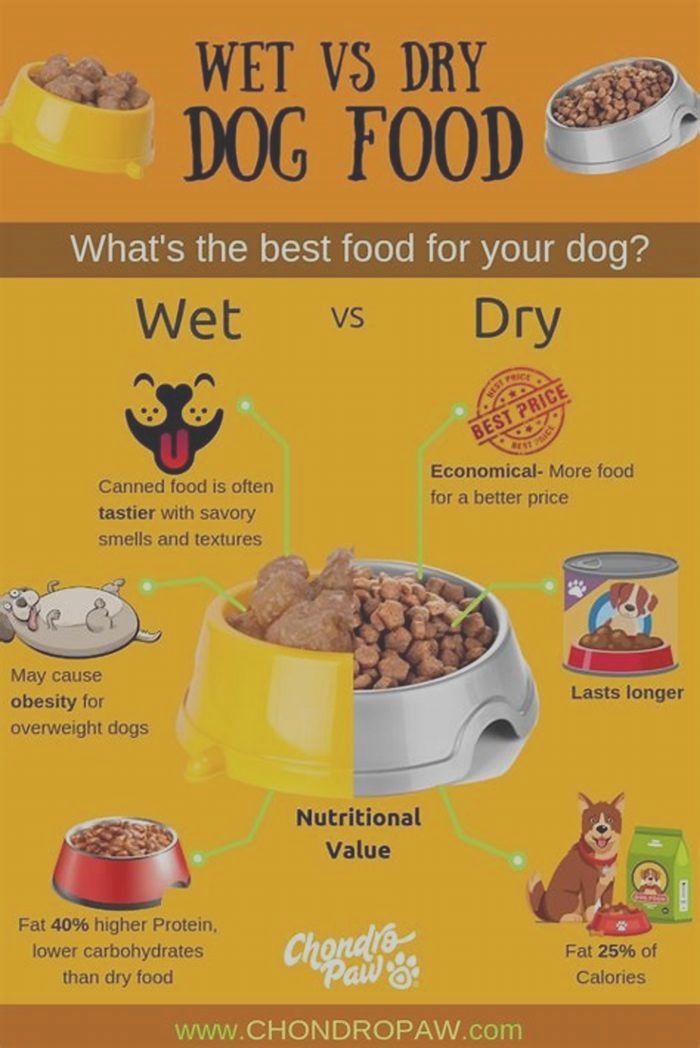
Wet Versus Dry Pet Food: Is One Better for Your Pet?
This article was first published in The Skeptical Inquirer
From improving their joints to making fur shine, dog and cat food companies load their products up with bold claims and flashy buzzwords. Even if youve managed to avoid the often-pseudoscientific trends such asraw diets,organic pet food, orvegan kibble, you may still have some questions about the best practices for feeding your feline and canine friends. One of the most fundamental is: Whats better, wet or dry food?

The good news is that either type of pet food can provide your animal with the complete nutrition they need to grow, run, play, and be merry. You can be sure of this by checking the statement of nutritional adequacy that will be found on any (commercial) pet food. In North America, these statements are regulated by the Association of American Feed Control Officials (AAFCO), and there are equivalent authorities in Europe and elsewhere. The statement of nutritional adequacy will read something along the lines of: [complete and balanced nutrition] for all _____ where the blank is filled in with the type of pet this food is for (adult dogs, cats of all sizes, nursing mothers, etc.), and the bracketed part may be omitted.
If your pets food bears this sentence, then you can be sure that if you follow the feeding guidelines on the package (e.g., cup kibble per cat per day), your pet is receiving all of the calories, nutrients, vitamins, minerals, and protein they need. Many companies will also provide instructions for if you want to feed your pet both wet and dry food.
Even though wet or dry pet food can nourish an animal, there are some specific reasons an owner (or a pet) may prefer one type over the other.
Wet Pet Food
Prior to the 1950s rise of the extruded kibble we know today, canned wet dog and cat fooddominated the market. Thefirst canned dog foodwas made of horse meat and was introduced to the market in 1922 as Ken-L-Ration, whereas the first canned cat food didnt come to market until eight years later in 1930.
Even though wet food no longer makes up the majority of cat and dog food sales, many animals still eat wet food as at least a portion of their diet.
Pros of Wet Pet Food
While there are a few different benefits to wet pet food, the largest by far is that pets tend to just like it more. Possibly this is due to the sensory characteristics of the food (moister, softer, more strongly smelling, potentially more strongly tasting), but possibly it is due to macronutrient and serving size reasons as well.
Wet foods and dry foods havesimilar protein and fat-levels, but dry foods containsignificantly more carbohydrates than wet ones. These carbs arent a problem for your pet:dogs can digest carbohydrates no problem, as can cats, although at adiminished capacitycompared to canines. Just because theyre not a problem though, doesnt mean the higher carbohydrate levels of dry food are irrelevant. Unlike dogs, cats cannot taste sugar or sweetness but are highly sensitive to the tastes of amino acids (the building blocks of proteins). Some researchers have theorized that cats prefer wet foods because their nutrient profiles aremuch more similarto their natural diets.
In terms of serving size, on a per gram basis, a pet needs to eat a greater volume of wet food than dry food to consume the same number of calories. So, to them, a meal of wet food can seem larger than a meal of dry food.
Whatever the reason, pets often enjoy wet food more than dry. So, if you have a sick, elderly, or underweight animal that needs encouragement to eat, wet food (either on its own or mixed into kibble) could be a good option.
Some other benefits of wet food include:
- Easily eaten by animals with no or few teeth. (Dental problems areexceptionally commonin cats and dogs and can cause pain so bad that animals become anorexic rather than chew kibble.)
- Easy to administer medications and supplements in wet food.
- Easy to add so-called flavor boosters to encourage animals to eat.
- Wet food is usually only given at specific times, which can make mealtimes into a more significant event for animals and allow for bonding or training opportunities.
Cons of Wet Pet Food
Wet foods increased palatability is a double-edged sword. If you have an overweight animal, giving them less-appetizing kibble could help them eat fewer calories and lose weight. However, giving them wet food would allow them to eat a larger volume for the same number of calories, which may subjectively make them feel fuller.
Wet food is usually sold in tins or sachets. They take up more space than bags of kibble, cost more, and may require a can opener to, well, open. Once opened, they have to be covered (a purpose for which manyspecialized productsexist) and refrigerated, which, for one, can smell pretty gross next to your human food (even high-quality canned pet food stinks, I will not be debating this opinion), and could be an issue for a household that keeps strict vegan, vegetarian, or kosher spaces.
Because wet food cant be left sitting at room temperature, it needs to be served to pets at mealtimes, something that may be impossible with many peoples schedules. Anything your pet doesnt eat is likely to be trashed, and the bowl its served in has to be washed after each meal, whereas a bowl for dry kibble can go much longer without a clean.
Dry Pet Food
The first dry commercial dog food is widely believed to have been invented byJames Spratt in 1860. Spratts Dog Biscuits resembled what we would now call dog treats such asMilk-Bones. Spratt is likewisebelievedto have produced the first dry commercial cat food.
It wasnt until the 1950s, however, that advances in the extrusion process led to the invention of extruded dry pet food. Purina was first to both the dog and cat kibble game, manufacturing Purina Puppy Chow in1957and Purina Friskies in1962.
Pros of Dry Pet Food
One major benefit to choosing a dry pet food is its long shelf life. As it doesnt spoil rapidly, kibble can be bought in bulk. Doing so not only means fewer trips to the pet store, but it also saves you money as, per calorie, dry food is cheaper than wet food. This is especially true as you buy kibble in bulk. Dry foods shelf stability means it can be left out in the home, to allow animals to eat on their own schedule (something especially beneficial for pets that like to graze), and can be put in anautomatic feeder, or a feeder with alarge hopper, so that it needs to be refilled only every few days. In an emergency, having kibble for your pets on hand is safer than canned food, as a lack of power would mean a lack of refrigeration.
The other important advantage to kibble is its effects on pets teeth. Several studies have foundpositive relationshipsbetween dry food and dental health. Specially formulated dental kibblesare effectiveat reducing plaque accumulation and gingivitis in dogs andcats. However, regular non-dental kibble isalso effectiveat reducing dental deposits and gingivitis in bothcatsand dogs.
The principle of why dry, but not wet, foods help stop plaque accumulation is a simple one. The more chewing your pet does, the more they are scraping unwanted things off their teeth. Thats why things such asbones help dogs reduce their plaque formation. Eating kibble at all obviously involves more chewing than wet food, but pet food companies have also changed the parameters of their foods to maximize their dental benefits. Changing kibble shape from round to cross-shaped led dogs to spendmore time chewing, and increasing surface area and volume of dry cat food led to areduction in plaque accumulation. Many special dental kibbles also includeplaque-reducing substances, sort of like whyfluoride is included in our toothpaste and drinking water.
Some other benefits of dry food include:
- Per calorie, dry kibble has both a lower volume and weight than canned wet food, making it easier to store.
- Bags of kibble require less packaging than cans of food, leading to less garbage created.
- Many types of toys for bothcatsanddogsmake use of kibble or dry extruded treats.
- Dry food can be used withforaging matsorother gadgetsdesigned for feline or canine enrichment.
- If you have a pet who eats too quickly (potentially leading to them vomiting), so-calledslow feederscan be used with kibble.
Cons of Dry Pet Food
As convenient as dry food is, it does have a few drawbacks. Ill once again point out the double-edged sword of palatability. Dry food is generally less appetizing to pets, which could be good if your animal needs to shed some excess weight but could be detrimental to animals looking to gain weight. In a similar sense, as kibble is usually left out for animals to eat at will, in a multi-pet home its harder to guarantee that all animals are eating and getting an equal serving size.
While many of the benefits of dry food come from its ability to be bought in bulk, some of its drawbacks come from the same aspect. If you cannot, or do not want to, buy a large bag of kibble, then the price of the food per gram is more expensive. There are a lot of good reasons someone may be unable to purchase a huge bag of dry food. They may not have space for it, may not have the money for it, may not be able to physically carry it, may not have a car to bring it home, or may be worried their pet wont eat the entire bag before growing tired of the food.
On that note, if you have a picky eater for a pet, kibble can be a risky business. While you can purchase just one can of wet food for a few dollars, you often cant buy dry food in any format smaller than a few weeks worth of meals.Studieshaveshownthat both cats and dogs prefer novel foods over the same ones theyve been fed repeatedly. So, you may wish to rotate the brands or flavours of food your pet eats, something that is much easier with wet food.
One potential drawback to dry food that is specific to cats is its effects on gastric emptying, or how long food stays in the stomach. It has been shown that dry cat food leads tolonger gastric emptying times, compared to wet food. The shape of the kibble can alsohave an effect. Why do we care about gastric emptying rates? They can have implications in your cats feeling of fullness (food staying in the stomach longermaymake them feel fuller for longer), but also their formation of hairballs. Some veterinariansbelievethat delayed gastric emptying times can lead to hairballs, as the hair that cats consume has more time to twist around, accumulate, and become a tangled ball while in the stomach. This connection, however, is not proven, so should be taken with a grain of salt.
The Bottom Line
In the end, the food thats best for your pet will depend on just thatyour pet. Either wet food, dry food, or a combination of both can meet the nutritional needs of your dog or cat. But every animal is unique, and as their caretaker, it is your job to decide what food is best for them, based on their preferences, medical history, physiology, behaviour, and many other factors. If you want to be sure youre making the right choice, ask your veterinarian! You may even want to consult a veterinary nutritionist.
Ill leave you with this fun piece of trivia: It is a fairlycommon practiceto use humans to taste-test various types of wet and dry pet food! However, much of those research participants are getting paid, its not enough to make me do it.
@AdaMcVean
Leave a comment!

